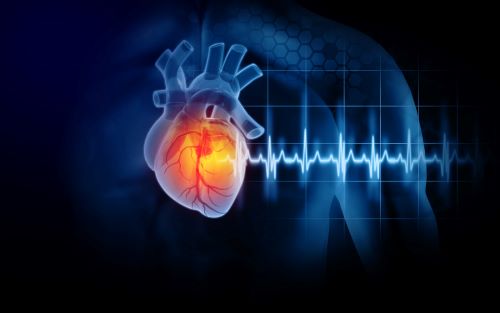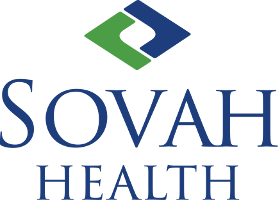Heart Attack Symptoms
Think you are having a heart attack? Call 9-1-1 immediately!
Although some heart attacks are sudden and intense, most start slowly, with mild pain or discomfort. Pay attention to your body — and call 9-1-1 if you feel:
-
-
- Chest discomfort. Most heart attacks involve discomfort in the center of the chest that lasts more than a few minutes, or that goes away and comes back. It can feel like uncomfortable pressure, squeezing, fullness or pain.
- Discomfort in other areas of the upper body. Symptoms can include pain or discomfort in one or both arms, the back, neck, jaw or stomach.
- Shortness of breath with or without chest discomfort.
- Other signs: cold sweat, nausea, lightheadedness, palpitations, paleness, weakness/fatigue or dizziness.
-
Download the American Heart Association's heart attack warning signs infographic
Need directions to the ER? Get Directions to:
Chest Pain in Women
As with men, women's most common heart attack symptom is chest pain or discomfort. But women are somewhat more likely than men to experience some of the other common symptoms, particularly shortness of breath, nausea/vomiting, and back, throat, neck or jaw pain. These symptoms are not always recognized as a symptom of a heart condition in women. As a result, treatment for women can be delayed.
Angina is a warning sign of heart disease. Recognizing it and getting treated early is critical, as cardiovascular disease is the No. 1 killer of women in the U.S.
Learn about the warning signs of heart attack in women.
Minutes Matter
Learn the signs, but remember this: Even if you're not sure it's a heart attack, have it checked out. Minutes matter! Fast action can save lives — maybe your own. Don't wait – call 9-1-1 or your emergency response number. Watch an animation of a heart attack from the American Heart Association.
Watch this animation of a heart attack.

Remember: Call 9-1-1
If you believe you are experiencing a medical emergency, calling 9-1-1 is almost always the fastest way to get lifesaving treatment. EMS staff are trained to revive someone whose heart has stopped. It is best to call EMS for rapid transport to the emergency room.
